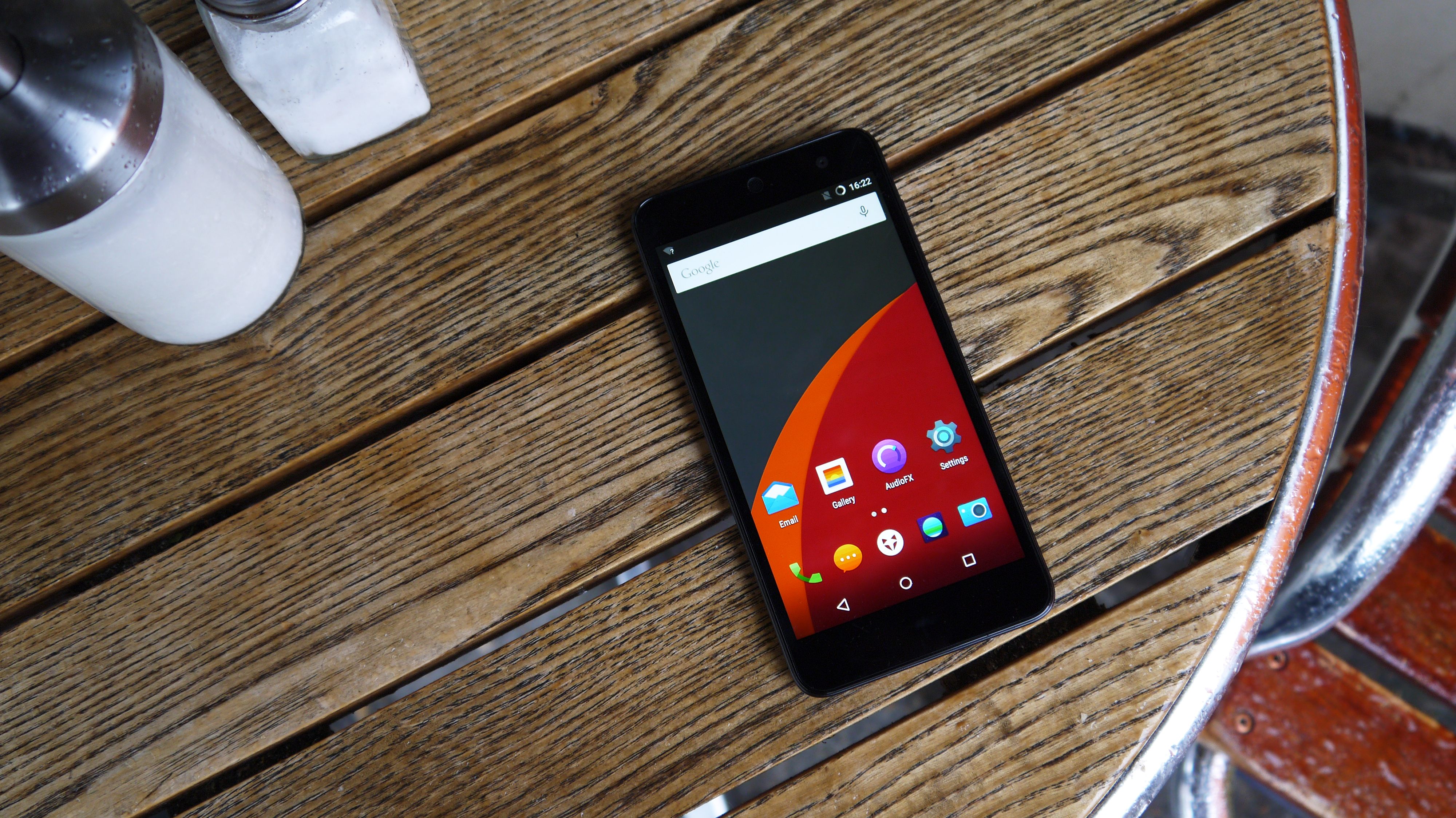Why you can trust TechRadar
Qualcomm has had something of a difficult year. The chipset manufacturer of choice for many Android manufacturers has been dogged by problems.
First, the overheating issues experienced in systems running the infamous Snapdragon 810 became apparent. Then it turned out that Samsung, one of Qualcomm's biggest customers, had opted for its own products for the Samsung Galaxy S6 and Galaxy S6 Edge+.
That's at the upper end of the market though, and fortunately for Qualcomm things are going swimmingly at the budget level. Spurred on by the 64-bit 410 and 610/15, manufacturers have turned out a slew of devices that outperform their price points, and the Wileyfox Swift is among them.

The Snapdragon 410-powered Swift simply flew in everyday performance. Perhaps aided by the resource-efficient Cyanogen OS, navigating between different menus and folders was a breeze.
It also performed superbly when running games. Titles such as Crossy Road, Pac-Man 256, Temple Run 2 and even Crazy Taxi Classic ran well, with rarely a dropped frame.
And with 16GB of internal storage – another welcome feature at this price point, and expandable via microSD – installing all these titles didn't pose any difficulty.
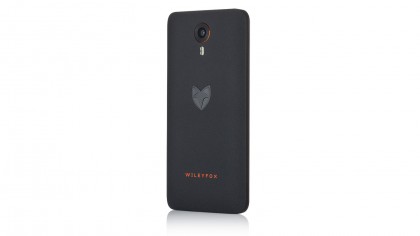
The results on GeekBench 3 mostly back up my experience. The Swift achieved a single-core score of 436, and a multi-core score of 1330, in both cases matching the three-year-old Samsung Galaxy S3.
Coupled with the performance enhancements brought in by Android, and Cyanogen, since then, the Swift will likely satisfy the average user, even if the most demanding power-hounds may want to look elsewhere.
With 2GB of RAM, running multiple applications side by side was a breeze. It should really be commonplace for £100-plus devices to come with at least 2GB of RAM these days, yet the Swift remains the exception rather than the rule.
Battery life
The Wileyfox Swift comes with a 2500mAh battery that is user-replaceable. In general usage I found that it performed well – with a low-powered chipset and a not too power-hungry screen it easily exceeded my expectations.
On average, across a working day where I was receiving emails at regular intervals, as well as responding to various messaging apps, watching the odd YouTube video and indulging in a little gaming, the Swift was able to make it to around 10pm with at least 20% to spare – a respectable, if unspectacular performance
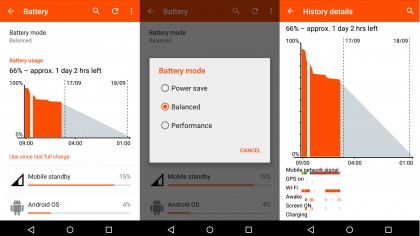
Cyanogen comes with battery management features built in. 'Power-saving mode' limits screen brightness and halts the flow of messages and texts, unless manually managed. 'Performance mode' is the opposite, sacrificing battery life for improved performance in gaming, among other activities.
While other performers such as the Moto G and Moto X Play may have better battery life than the Wileyfox Swift, the Swift is significantly cheaper than both; again, for the price it offers excellent performance.
The essentials
I found that the Swift, being a 4G LTE-enabled device, offered impressive data speeds, and was consistently able to hold onto a connection in areas where other devices struggled, even in the countryside.
The GPS unit was something of a disappointment. In general use I found that it achieved a lock quickly, but in less built-up areas it began to struggle badly.
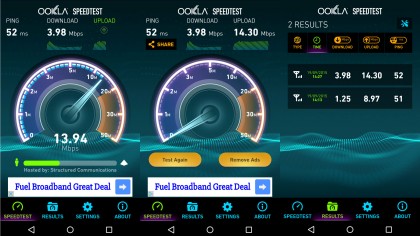
Call quality was a rather nice. Calls were a pleasure both to make and to receive, with callers remarking on the quality of the exchange.
The Wileyfox Swift, by default, uses the in-built Google Keyboard, an option that's far better than the average stock Android-skinned offering. It supports gesture typing, and coupled with a strong vibration motor it's a pleasure to use.
Somewhat unusually – perhaps it's a design flaw – the notification light on the Swift is exceptionally bright, distractingly so at times; in a dark room it could easily be used as a makeshift torch.
Camera
2015 was the year of the 13MP camera, at least at the low end of the smartphone market. First it was the Moto G (2015), bringing the sensor from no less than the Nexus 6 into play. Now the Wileyfox Swift seeks to catch up, and with a dual-LED flash to boot.
The marketing blurb direct from Wileyfox talks about a multitude of different lenses and a stacked sensor, and name-checks Sony, a provider of winning smartphone snappers, but all this counts for nothing if the results don't match expectations.
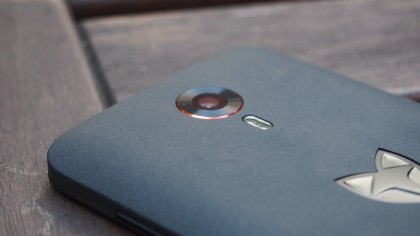
Happily, results from the Swift don't disappoint. Predictably, dynamic range isn't the best, with the camera having a tendency to blow-out the highlights in many images, something the lack of easily accessible manual controls only exacerbates.
Colours are well produced, though, being nicely saturated without taking on a cartoonish quality, and don't appear overly cool. Detail is well resolved too, with the centre of most images having decent sharpness; there's the expected softening towards the edges of the frame.
In low light, performance is also above par. The dual-LED flash doesn't quite make up for the lack of a proper Xenon unit, and yet it still manages acceptably, with most images well exposed. As for video and selfie image quality, the former is not great, while the latter is acceptable.
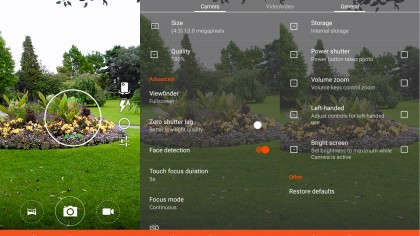
Though not quite matching the lofty goals set by the marketing team at Wileyfox, the Swift's camera still manages to satisfy in most regards, even if it doesn't manage to reach the heights of the Nokia Lumia 1020, LG G4 or the Panasonic CM-1.
The camera UI itself can be a little confusing. At the bottom sits the camera switch, a flash toggle, a circular tool toggle and access to the extensive settings menu. Though the layout is mostly intuitive, quick access to important settings can be difficult to come by, and overall the experience is not especially quick.
Camera samples
Click here for the full resolution image

Click here for the full resolution image

Click here for the full resolution image

Click here for the full resolution image

Current page: Performance and camera
Prev Page Cyanogen, speakers and sound Next Page The competitionSean is a Scottish technology journalist who's written for the likes of T3, Trusted Reviews, TechAdvisor and Expert Reviews.
